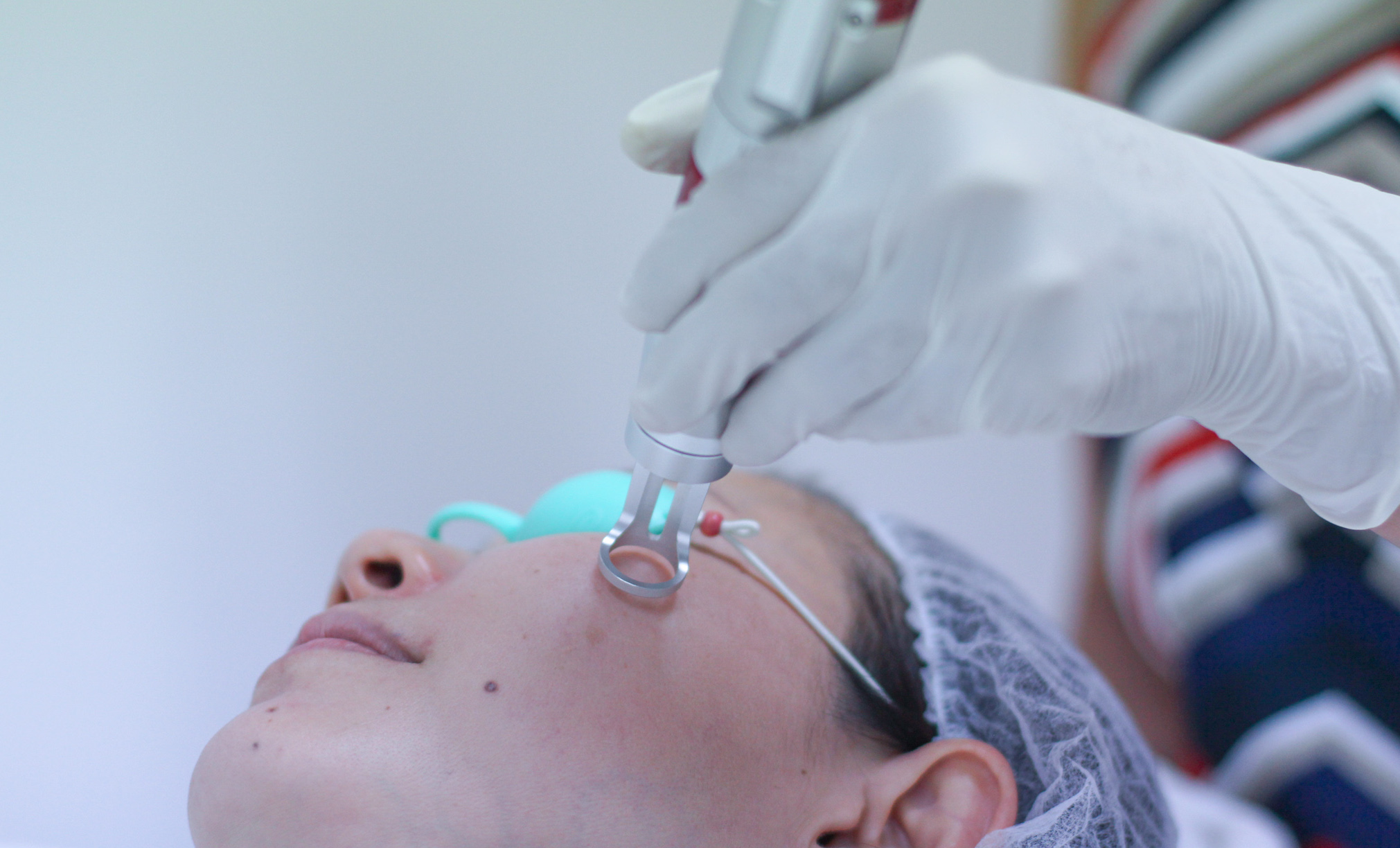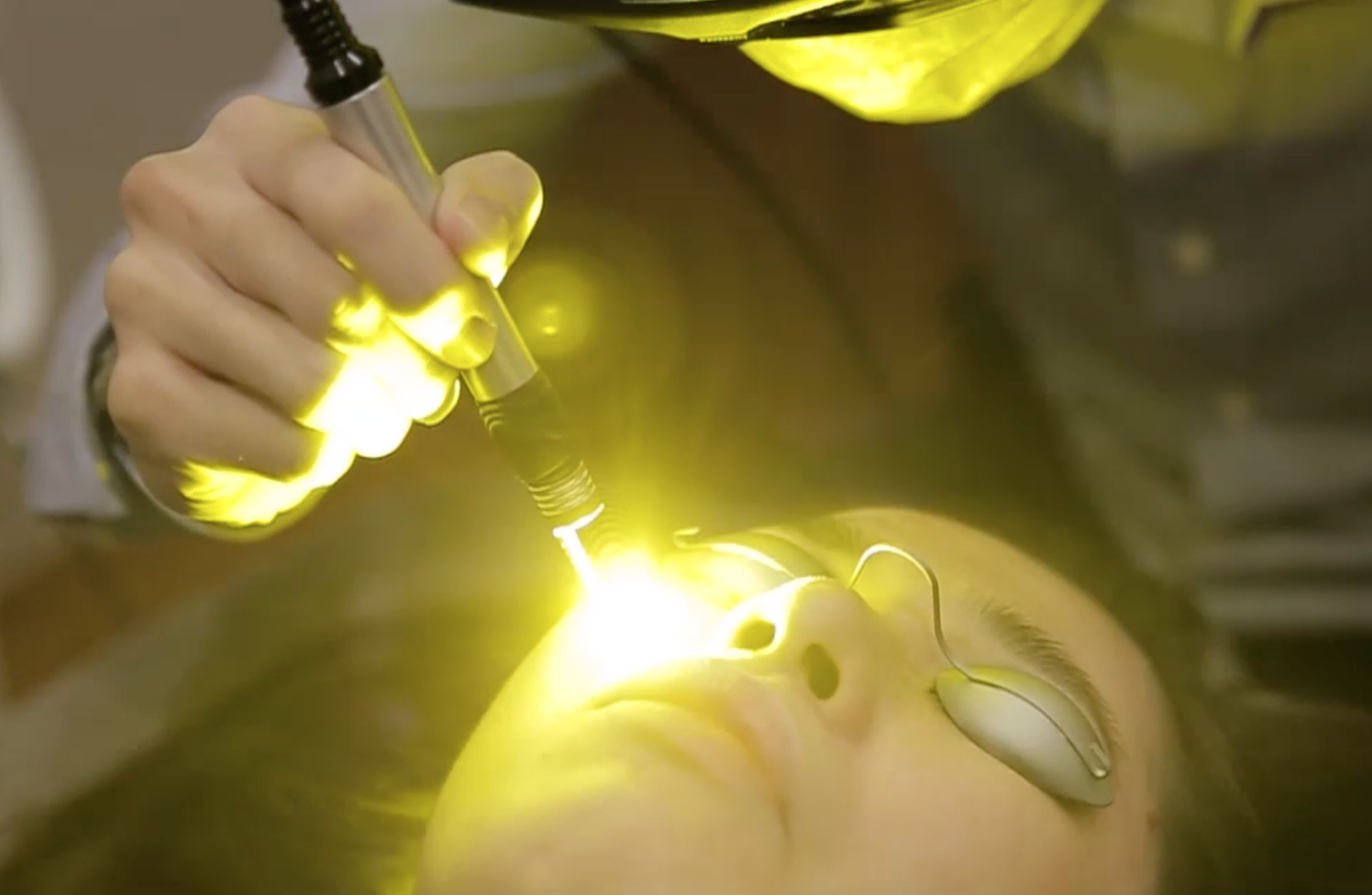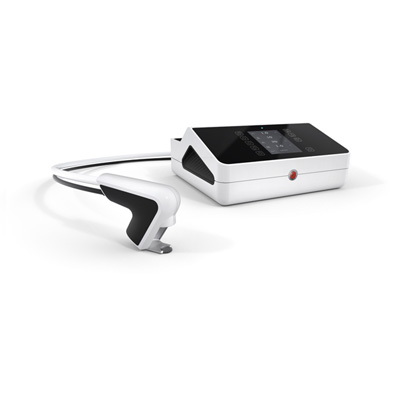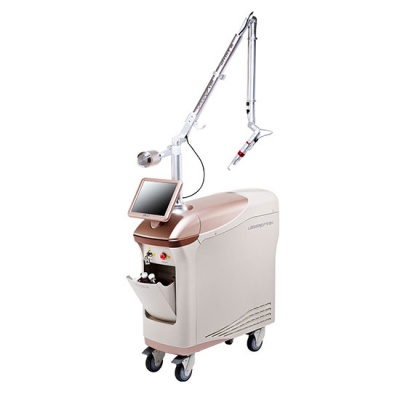Pigmentation
What is Pigmentation?
Pigmentation refers to the colouring of the skin. Special cells in the skin known as melanocytes produce a pigment called melanin, which is responsible for giving skin its colour. Pigment disorders can be widespread and affect many areas of our skin or localised to only specific areas.
What are the types of pigmentation disorders?
Pigmentation changes include depigmentation, which is a loss of pigments such as in cases of vitiligo while hypopigmentation which is an abnormally low amount of melanin in the skin such as in albinism.
In hyperpigmentation the skin appears darker than its normal colour. Aging or damaged melanocytes as a result of excessive sun exposure, inflammation, free radicals and hormonal changes can trigger melanin overproduction, which is unevenly distributed in the epidermis, appearing as brown patches on the skin. These are commonly referred to as freckles, age spots, liver spots, sun spots and melasma that are commonly found in areas of the face, arms, décolletage, back and hands.
What is Melasma?
Melasma is a common pigmentation disorder usually seen in women in the reproductive years. Exposure to the sun is a major factor in the production of melasma, especially in individuals with a genetic predisposition to this condition. It typically appears as a blotchy dark brown tan or blue-grey patches on the upper cheeks, upper lip, forehead, and chin.
What are the types of Melasma?
There are four types of pigmentation patterns in melasma; they are epidermal, dermal, mixed, and indeterminate; a type found in dark-skinned individuals. The epidermal type is identified by the presence of excess melanin in the superficial layers of skin, while dermal melasma is distinguished by the presence of melanophages (cells that ingest melanin) throughout the dermis. The mixed type presents as a combination of the epidermal and dermal type. In the fourth type, excess melanocytes are present in the skin of dark-skinned individuals.
Elogio's Recommended Solutions
Helios III
Helios III is a dual pulsed Q-switched Nd:YAG laser machine highlighted for its effective treatments for pigment removal. With wavelengths of 1064nm and 532nm delivered through four specially designed handpieces, it is capable of targeting pigments present in the different dermal layers of the skin. The coloured pigments exposed to the laser absorbs the energy, which will fragment and degrade them, eventually clearing the skin of the appearance of pigment. Built with a Diffraction Optical Element (DOE) fractional beam, this long-lasting low maintenance machine offers safe and fast treatments with minimal downtime or pain.

QuadrostarPro Yellow
The QuadrostarPro Yellow is novel device that uses the latest High-Power Optically Pumped Semiconductor Laser (HOPSL) technology in treating melasma. The 577nm wavelength is emitted in a homogenous beam profile, maximising precision in a controlled area. The laser decreases melanocyte stimulation through targeting the vascular components found in melasma lesions.
The QuadrostarPro Yellow is an elegant table-top-laser that uses less power during treatments, leading to several advantages including minimising risks of side effects such as burns, thus making it safe for all skin tones.

Treatment Machines
Get In Touch
Have questions? Get in touch with us, our product specialist will get back to you as soon as possible.








